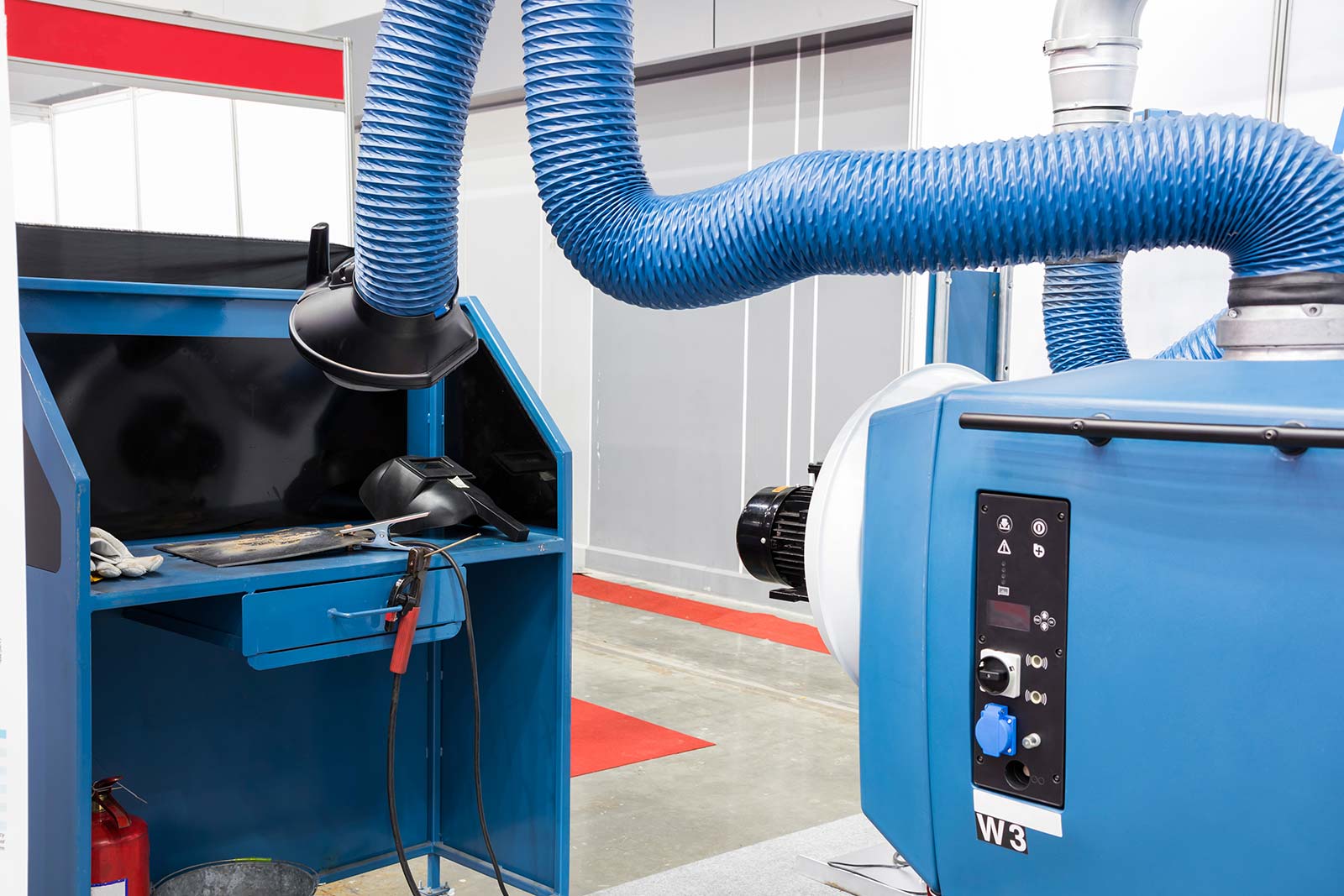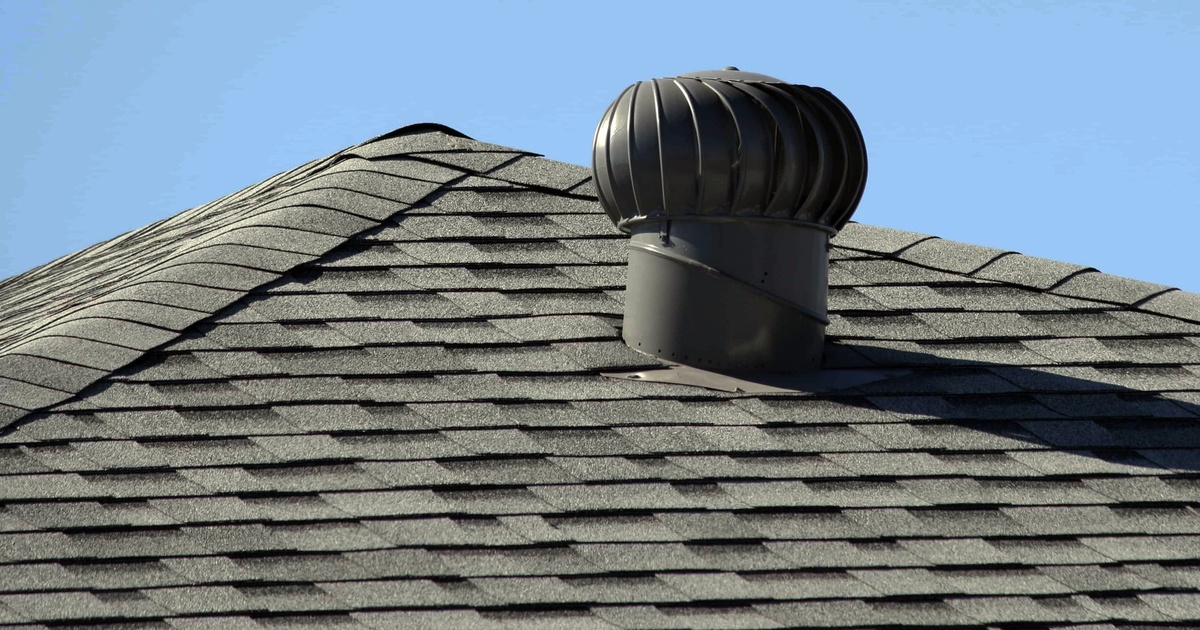They are making a number of great annotation on the subject of What Are Plumbing Vents and Why Are They Important? as a whole in this great article on the next paragraphs.

Correct air flow in plumbing systems is often ignored, yet it is crucial for maintaining the capability and safety of your home's plumbing. Ventilation aids regulate air pressure, stop the build-up of damaging gases, and guarantee the effective elimination of waste. In this overview, we will certainly explore the value of appropriate plumbing ventilation, exactly how it functions, and the benefits it offers your plumbing system.
Comprehending Ventilation in Plumbing
Air flow in plumbing refers to the network of pipelines that enable air to stream with the drain system. These vents offer numerous functions, including managing atmospheric pressure within the pipelines, preventing sewer gases from going into the home, and helping in the smooth flow of wastewater.
Just How Air Flow Functions in Pipes Systems
Air Pressure Policy
Appropriate air flow keeps well balanced air pressure within the plumbing system. When water flows with pipes, it displaces air. Without ample air flow, this displacement can develop unfavorable pressure, leading to reduce drains pipes or siphoning of water from traps, which can cause unpleasant odors to seep right into the home.
Avoiding Drain Gas Build-up
One of one of the most critical functions of pipes vents is to prevent sewer gases, such as methane and hydrogen sulfide, from gathering within the home. These gases can present major health risks and are extremely combustible. Vent pipes enable these gases to run away safely outside.
Assisting in Waste Removal
Air flow aids in the efficient elimination of wastewater by avoiding airlocks in the drain system. When air can stream freely with the vents, it allows water and waste to flow smoothly through the pipelines, decreasing the risk of clogs and back-ups.
Sorts Of Plumbing Vents
Key Stack Vent
The major pile air vent, likewise called the air vent pile, is the primary air vent in a plumbing system. It expands from the main drainpipe align with the roofing, allowing gases to escape and fresh air to go into the system.
Branch Vent
Branch vents attach to the primary pile vent and offer specific fixtures, such as sinks, commodes, and showers. These vents guarantee that each component has sufficient air flow to function effectively.
Air Admittance Valve (AAV).
An Air Admission Shutoff (AAV) is a one-way valve that allows air to go into the pipes system without the demand for a conventional air vent pipeline expanding via the roof. AAVs are generally used in remodellings or areas where mounting a conventional vent is not practical.
Indicators of Poor Ventilation in Pipes.
Slow Draining Fixtures.
If your sinks, tubs, or toilets are draining pipes slowly, maybe a sign of inadequate ventilation. Inadequate air flow can develop a vacuum cleaner impact, making it difficult for water to drain pipes appropriately.
Gurgling Seems.
Gurgling sounds coming from drains pipes are often an outcome of air being sucked through water traps due to negative stress in the pipes. This is a clear indicator of insufficient air flow.
Unpleasant Odors.
Sewage system odors inside your home are a red flag that your pipes system is not effectively aerated. This could suggest that sewer gases are not being properly aired vent outside, leading to potentially hazardous problems.
Common Air Flow Errors.
Insufficient Vent Sizing.
Making use of undersized vent pipelines can lead to bad air circulation and pressure discrepancies in the system. It's essential to utilize vents that satisfy the specific needs of your plumbing system.
Improper Vent Positioning.
Placing vents also far from the components they offer can reduce their efficiency. Correct placement makes sure that air can flow freely and effectively via the system.
Ignoring Code Requirements.
Building ordinance give specific guidelines for pipes ventilation. Overlooking these codes can lead to a system that stops working to operate properly and may lead to expensive repairs or health hazards.
Benefits of Appropriate Air Flow.
Boosted System Effectiveness.
Correctly aerated pipes systems run more efficiently, with less blockages, faster draining, and less pressure on the pipes. This efficiency expands the life-span of the pipes system.
Improved Air Quality.
By stopping drain gases from entering your home, proper ventilation contributes to better indoor air quality, making your living setting healthier and extra comfy.
Stopping Water Damages.
Adequate air flow helps avoid water from being siphoned out of catches, which can lead to sewer gases getting in the home and creating water damage gradually.
Steps to Guarantee Appropriate Ventilation.
Consulting Plumbing Codes.
Constantly speak with local pipes codes when designing or modifying your plumbing system. These codes give the needed standards for appropriate airing vent and guarantee your system meets safety and security requirements.
Routine Evaluation and Upkeep.
Regular evaluations can assist determine possible ventilation issues prior to they end up being major troubles. Upkeep tasks, such as cleansing air vent pipelines and checking for blockages, are vital for keeping the system in good working order.
Specialist Installment.
For brand-new installments or significant modifications, it's wise to work with an expert plumbing technician. They have the know-how to guarantee the air flow system is appropriately designed and mounted according to code.
Conclusion.
Correct air flow is a vital element of any plumbing system, ensuring that it operates effectively and safely. By comprehending the importance of air flow, recognizing the indicators of poor ventilation, and taking actions to preserve your system, you can prevent pricey concerns and protect your home's air quality.
What is a Plumbing Vent and it's used for?All plumbing systems in residential and commercials construction have a plumbing vent. It doesn’t just vent unwanted odors from the drainage system to the outside; it actually serves an important purpose by supplying air to the system.
The plumbing drainage system is actually called a drainage, waste and vent (DWV) system. When water flows down the piping, an air supply (vent) is needed to allow the water to flow. Think of the vertical pipe as a drinking straw. If you plug the top end of a straw, liquid won’t drain from it.
The DWV system in your building consists of a series of pipes connected to each fixture; they extend above each fixture, and the system terminates at an open pipe that extends through the roof. This piping allows air into the system and prevents unbalanced pressures in the piping.
?The vent also prevents the system from drawing water out of a trap at the fixture with the characteristic “glug-glug-glug” as the drain gasps for air. Plumbing traps should drain smoothly and never “glug” or gasp for air.
If you have a drain that empties slowly or gurgles as it drains, this may indicate a venting problem. If you flush a toilet and the sink gurgles, there’s definitely a vent problem. It is good idea to have a Plumber check this.
https://www.ameliashomeinspection.com/blog/what-is-a-plumbing-vent-and-its-used-for

We hope you enjoyed our piece on What Is A Plumbing Vent & How Do They Work?. Thanks a lot for finding the time to browse our article. Are you aware of another person who is sincerely interested in the subject? Feel free to share it. We love your readership.
Visit Link